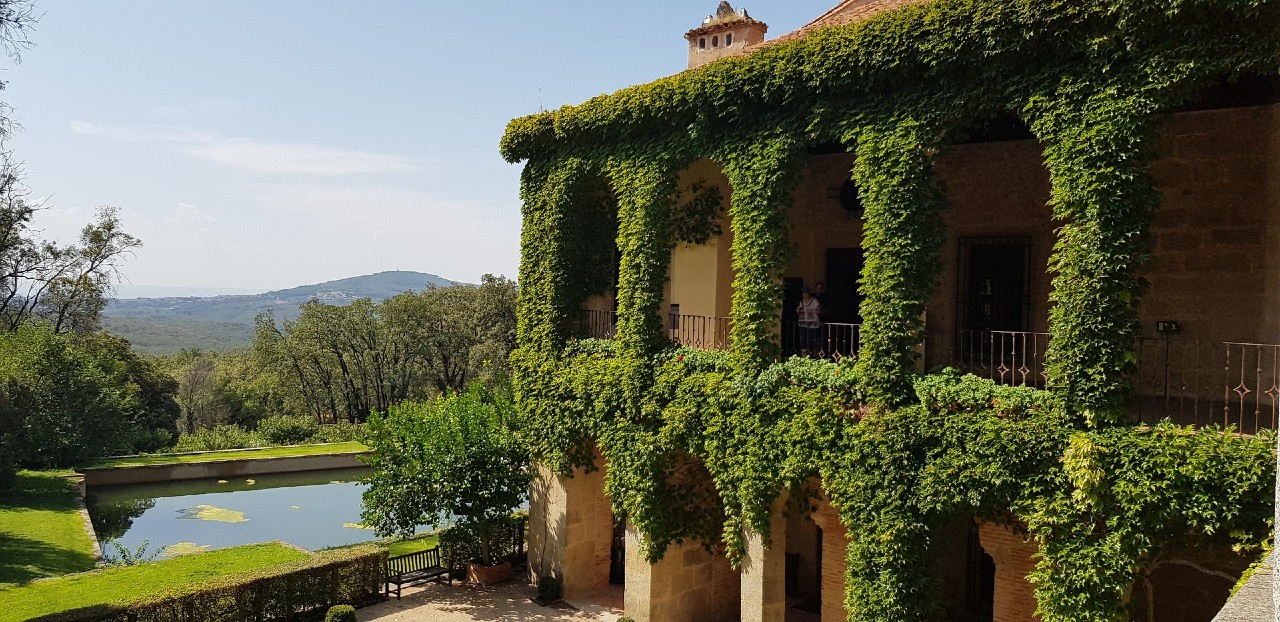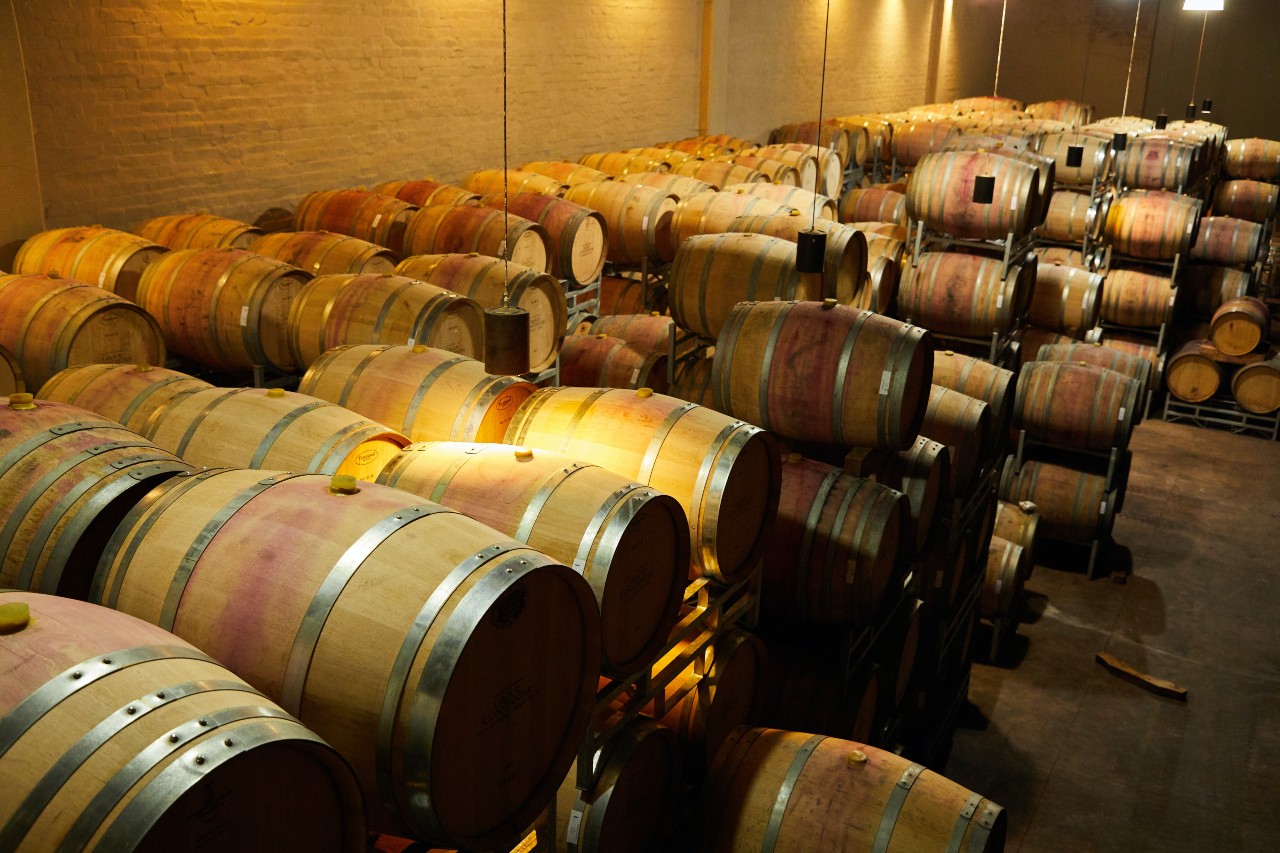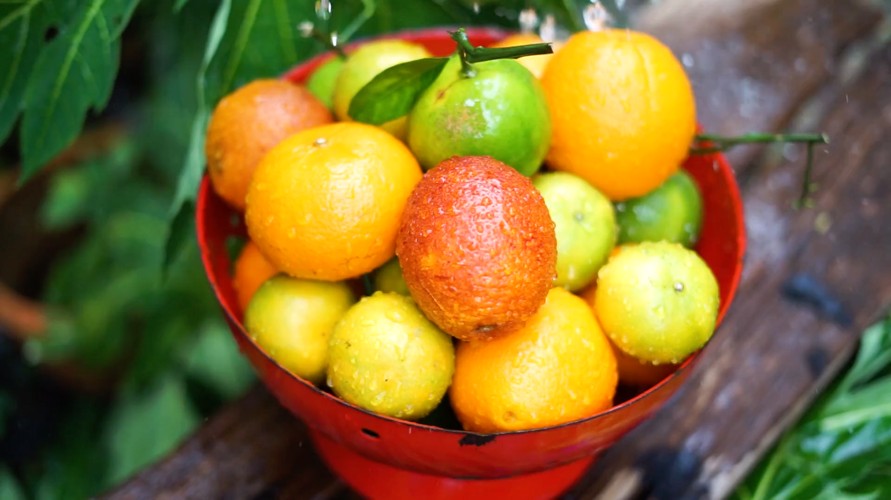
According to the dictionary of the Spanish Royal Academy, Paella is “a dry rice dish, with meat, fish, shellfish, pulses, etc., typical of the Valencian region of Spain”. Regarding the word Fideuá it states that it is a “dish similar to paella but made with pasta noodles instead of rice”.
These definitions which are so clear to we Spanish, I think are maybe not so clear outside our borders. What I mean is that the Spanish Royal Academy’s definition states that paella and fideuá can be cooked with the same ingredients in the same recipient, according to the preferences of the diner. Something which for me is not exactly true if you want to be a purist when cooking these traditional dishes from the Levante area of Spain.
And why are paella and fideuá so appreciated? Easy, who doesn’t like pasta or rice? Honestly, I don’t know anyone, anywhere in the world….
For those who wish to digest something of the history of paella and fideuá, continue reading and for sure it will provide you with a topic of conversation for the next time you gather together with family and friends to eat paella or fideuá.

The history of paella is part of the history of the Valencia Region between the XV and XVI centuries. As early as 1513 the agriculturalist Francisco de Paula Martí mentioned in his small pamphlet (in a section about the use of rice), one of the first recipes for Valencian style rice. This short XVI century essay explains the problem with cooking rice and points out the basis for the preparation of this dish.
The first documented mention of paella (or Valencian style rice) is in a manuscript of recipes from the XVIII century, where specific techniques regarding its preparation emphasizing how dry it should be and distinguishing between “Catalan style rice” and “Valencian style rice”. The rice from the delta del Ebro begin to be named in literature.

The origin of paella, like all popular dishes in each region, is nothing more than the raw materials that each population had to hand. The first dishes of Valencian paella were made with the ingredients of the Marjar, that is to say with eel or duck from the Albufera, green beans and snails. The marjal de la Albufera is a wetland, generally close to the sea, rich both fauna and flora. These wet zones are often stopping off points in the migration of birds between the North of Europe and Africa.
The Valencian Albufera, provided the inhabitants of the area with fresh vegetables, which together with the usual raising of chickens and rabbits for family consumption, and the existence of the rice fields, brought together all the conditions necessary for the creation of this dish.
The Albufera is a Natural Park of a little more than 21000 hectares situated ten kilometres from the city of Valencia. It’s a shallow coastal lagoon surrounded by wetlands which are used to cultivate rice. The rice fields cover an area of about 220 kilometres square. The Albufera is separated from the sea by dunes and a pine forest called the Devesa. The word Albufera comes from the Arabic and means “small sea”. In some Arabian poems, the Albufera is called the mirror of the sun.
In addition, in its origins it was decided to add seafood and fish to the paella, in the coastal area, as well as the olive oil so typical of the Mediterranean. Historical documents which indicate the exact origin of the seafood paella do not exist, nor whether it was born at the same time as countryside paella, but close to the sea different ingredients are available which allowed for the development of this tasty alternative and which moreover gave rise to the birth of the fideuá.
 The paella marinera is the coastal alternative to the countryside paella, made with a base of cuttlefish, squid, langoustine, lobster, clams, and cloxina (a Mediterranean version of the mussel, but smaller, finer and tastier). And NO mixed paellas! Mixed paella is a later invention, a monstrosity. Even so, it has managed to dominate almost all tables, to the horror of all Valencians.
The paella marinera is the coastal alternative to the countryside paella, made with a base of cuttlefish, squid, langoustine, lobster, clams, and cloxina (a Mediterranean version of the mussel, but smaller, finer and tastier). And NO mixed paellas! Mixed paella is a later invention, a monstrosity. Even so, it has managed to dominate almost all tables, to the horror of all Valencians.
Unlike paella, fideuá was born in the Thirties of the XX century. Gandía is la cradle of the fideuá, and in this town of the Safor (it’s a district of the Valencian Region) An important contest is held annually where the best chefs delight with its preparation.
Many people are credited with its invention, but the general consensus points to Bautista Pascual Sanchís, better known as “Zabalo”. Whilst still a boy, Zabalo was already at ten years old, part of the crew of the “Santa Isabel”, a famous fishing boat in the port of Gandía which went out to fish during the Thirties in the waters of Piles and Oliva.

Zabalo helped the chef Gabriel Rodríguez Pastor in the kitchen, feeding the hungry sailors after their hard labour at sea. According to Zabalo, the captain “Maseta” had an enormous appetite and left paltry portions for the rest of the crew. Gabriel thought that by substituting the rice for noodles the dish would not be as successful as the “arroz a banda,” as at that time noodles weren’t generally popular amongst adults. In this way, the other sailors would be able to eat a decent sized portion. He couldn’t have been more wrong. Maseta was delighted with Gabriel’s recipe and the dish was so successful that its fame spread amongst the restaurants of the port of Gandía.
However, it was in the hands of the chef Emilio López, at the Hotel Europa, when fideuá achieved the fame it holds today. Predicting the popularity that this dish could have amongst tourists, businessmen of the area decided to get behind the recipe. In 1975, they established the I fideuá competition in the history of Spanish gastronomy, held in the town of Gandía.
There are discrepancies about how to make fideuá even regarding the thickness and handling of the noodles. In the Valencia region, regarding the thickness of the hollow noodles (nº 3 or 4) is generally used, but it is true that there is a tendency to replace this size with the nº 1 or 2 or even with the thinnest noodles, known as “angel hair” as these absorb the taste of the stock better. I personally prefer the fine noodles, as it’s about preparing a fideuá and not macaroni. The best garnish is a little alioli, that should be mixed into the dish. A fruity white wine is a good accompaniment.
Interesting, yes? We’ll now look at what this recipient where the paella and the fideuá is cooked is like. The name of the dish “Paella” comes from the recipient it’s in and if it’s not prepared in the “Paella” it could be rice or pasta with whatever ingredient, but never a paella or a fideuá. Paella is the name of the recipient where a wide variety of rice and dry pasta dishes are prepared. Never say “paellera” when you’re referring to the recipient where the Pella is prepared, because the correct meaning of paellera is the woman who prepares paella. Paella means frying pan in Valencian and in its Catalan and Balearic variations. Some say it comes from the Latin and others that it comes from the Arabic.

Another theory comes from a tale. It’s said that a man was preparing a paella for his girlfriend to earn her love. As he was cooking, he was shouting “for her” “for her” in Spanish “por ella” that could have derived into the phrase “para ella”, which finally was the origin for the word “Paella”.
Although this might just be a nice story, there could be some truth in this theory. In Spain, cooking at home is generally women’s work, although this is changing a lot. However, paella is traditionally a male thing. Families generally get together on Sundays to eat paella and while the women and children enjoy games and chats, the men have fun preparing the paella. Traditionally paella is eaten from the same recipient in which it has been cooked. Should you go to the Levante, at family gatherings it’s still eaten that way, just as it was eaten in the country. All to save work. But don’t worry, because in restaurants they will serve it to you on an individual plate.
In the Spanish Levante, they tell a story that whether or not it’s true, is amusing and somewhat romantic. During the War of Independence, there was a French General who fell in love with a woman who prepared a wonderful paella. It seems that he reached an agreement with her: for each different paella that she cooked he would free a Spanish prisoner. The woman employed all her imagination and inventiveness on the task and each day she made a different paella. It is said that she manged to free 176 prisoners.
As you all know, the recipe for traditional Valencian paella contains some very precise ingredients, and only small seasonal variations are permitted. Even the type of firewood to be used is specified, that of the orange tree.
These are the ingredients of the authentic, traditional paella:
arroz bomba, chicken, rabbit, “bachoqueta” (flat green beans), “garrofó” (large, flat beans). Optionally artichokes and snails. Oil, salt, paprika, finely chopped tomato, saffron and some sprigs of rosemary.

One curiosity, it seems that the earliest paellas contained Albufera rat, “it was more like a rabbit, a beaver, a rodent that had nothing to do with the sewer rats of modern cities”. It’s a vegetarian rodent and so demanding that it can’t live in waters that are not absolutely pure. The pollution in these wetlands has eliminated them, despite being a protected species which it is forbidden to hunt.
Finally, some good news. From now on the “The Council for Agriculture” has now approved the “Traditional, Valencian paella with Designation of Origin Valencian Rice”. Any restaurant that wants to serve authentic “paella valenciana” with this name and surname must use ten basic ingredients and not others. There will be a certification committee which will be based in the D.O of Valencian Rice which will oversee that the norms are followed. Moreover, each paella will have a label attached to the handle that functions as a quality seal including a serial number and the ingredients used.
Although it might seem a bit strange, it turns out that the best paella in the world is from a restaurant in Cuenca. The Posada Real, in Santa María del Campo Rus, has obtained first prize for the third time at the International Competition of the Valencian Paella celebrated in the Valencian town of Sueca. The chef Julián García has created, according to the experts who form part of the jury, “the best paella in the world”. The town of Sueca is considered as the rice town of Spain, as in the municipal area about 5.000 hectares of rice are cultivated, which produce about 35.000 tons of rice annually.
And for those who are going to travel to Valencia, some recommendations about where to eat the best Valencian paellas following the traditional recipe:
Nou Racó (Carretera de El Palmar, 21)
It stands out, above all, for the incomparable setting that it offers to the visitor, on the banks of La Albufera.
- Casa Blayet (Av. de las Gaviotas 17, El Perellonet)
Also, in the area of the Albufera, although further from Valencia, has been offering a wide variety of rice dishes since 1935.
- La Marcelina (Paseo de Neptuno, 8)
Right in front of El Cabanyal beach, this mythical restaurant belongs to the select club of those which have figured among the greats of the city for more than a century. Many famous people, both national and international figures have sat at its tables to try the magnificent paella prepared over a woodfire.
- La Pepica (Paseo de Neptuno, 6)
Like La Marcelina, La Pepica boasts a century of prestige. Moreover, both premises share a maritime promenade, offering their clients a privileged position, especially when the good weather arrives.
- Palace Fesol (Hernán Cortés, 7)
Right in the centre of Valencia, Palace Fesol specializes not only in paellas prepared over wood fires, but also other less well-known varieties, like the exquisite arrós amb fessols i naps (rice with beans and turnips).
- Casa Roberto (Maestro Gozalbo, 19)
Also, in the city centre, Casa Roberto is a restaurant whose prestige is more than deserved, despite not having a terrace so spectacular as those of some of its competitors.
- Casa Clemencia (Primado Reig, 179)
Another of the most celebrated paellas prepared over woodfire in Valencia. This restaurant has a faithful clientele who pack it out every Sunday.










